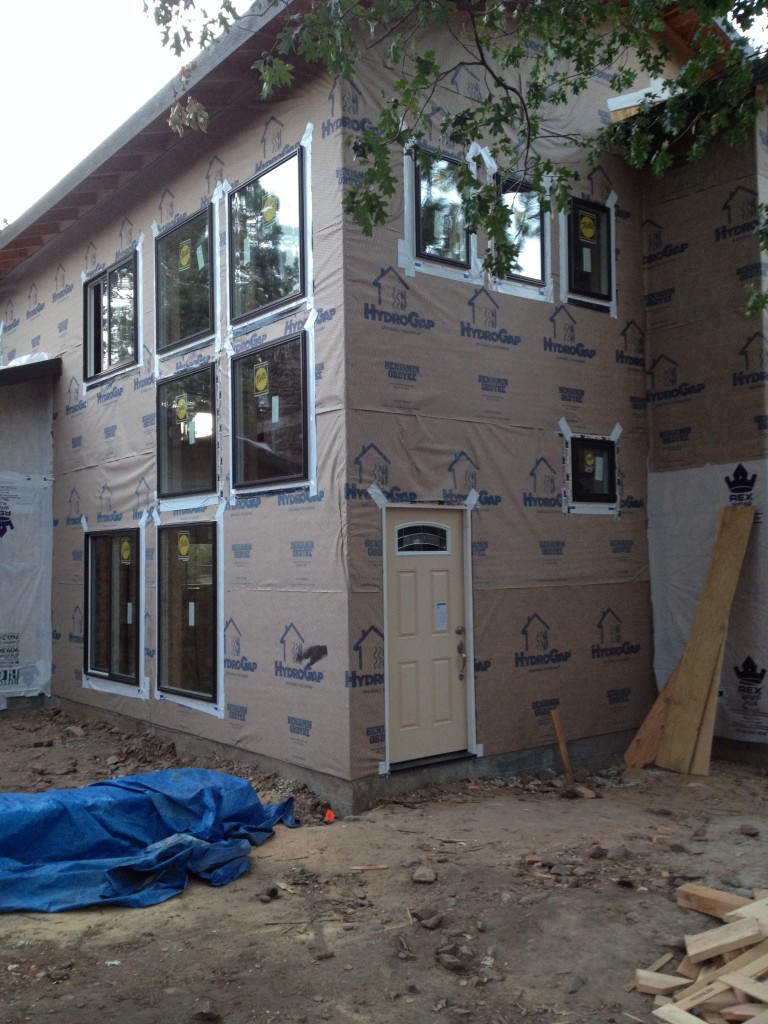Windows can be a complicated decision, especially for energy efficient houses. In addition to the normal concerns over price, style, and durability, you have an even more important criteria to contend with — energy efficiency, which has many dimensions, including U factor (overall and center of glass), number of panes, air leakage rates, emissivity (“Low-E”), solar heat gain coefficient (SHGC), and inert gas fillings between panes (usually argon). In addition, I had two requirements based on my location. One was local fire codes required all the windows to use tempered glass. Another was the high altitude (6700 feet) made ordering windows filled with argon impractical, so I decided to go with air filled IGUs at a slightly lower thermal performance.
For the window material, my top choices were fiberglass and uPVC. These materials hold up very well to the elements and also the have very similar expansion and contraction characteristics to glass, so they are more durable in harsh climates with large temperature fluxuations.
I ended up considering a wide range of windows, from very high performance Canadian and European manufacturers with nearly air tight Tilt-and-Turn designs, to a value-priced local company (Milgard) that had a manufacturing facility about an hour or so away. I had bids ranging from $5,000 to $25,000, albeit for very different products.
In the end I went with triple-pane Pella 350s, because they offered a high performance product at a reasonable price. Even though they only came in PVC frames, they featured excellent triple pane IGUs at 1 – 1/4″ thickness (proper spacing for good energy efficiency) with R5 insulating capability, and a variety of coating options that would allow me to have high SHGC (their “NaturalSun” coating) on my south facing windows. I could also order them in custom widths to fit within standard framing intervals.

My final window U values ranged from 0.26 to 0.18 (roughly R4-R5). While this is pretty good for a window, it is poor compared to my roof (R60) and walls (R35). So my goal was to use as few windows as possible, except on the south entry, where special high heat gain glass (0.5 SHGC) allowed in slightly more heat from the sun than they leaked out during the heating season. Of my 2600 sq ft of total wall surface area, only about 300 sq ft of that was windows, and 127 sq ft of the windows were designed for passive solar gain and located on the southeast wall.
I ordered the PVC frames in a dark brown exterior color that would work well with the design of the house. The windows were carefully flashed to the Benjamin Obdyke HydroGap housewrap to prevent water intrusion. The sill pans were created using peel and stick flashing, HydroGap tape and HydroCorner molded corner inserts.
My 96 sq ft of exterior doors were Masonite brand doors with U values ranging from 0.15 to 0.23 (R4-R7).